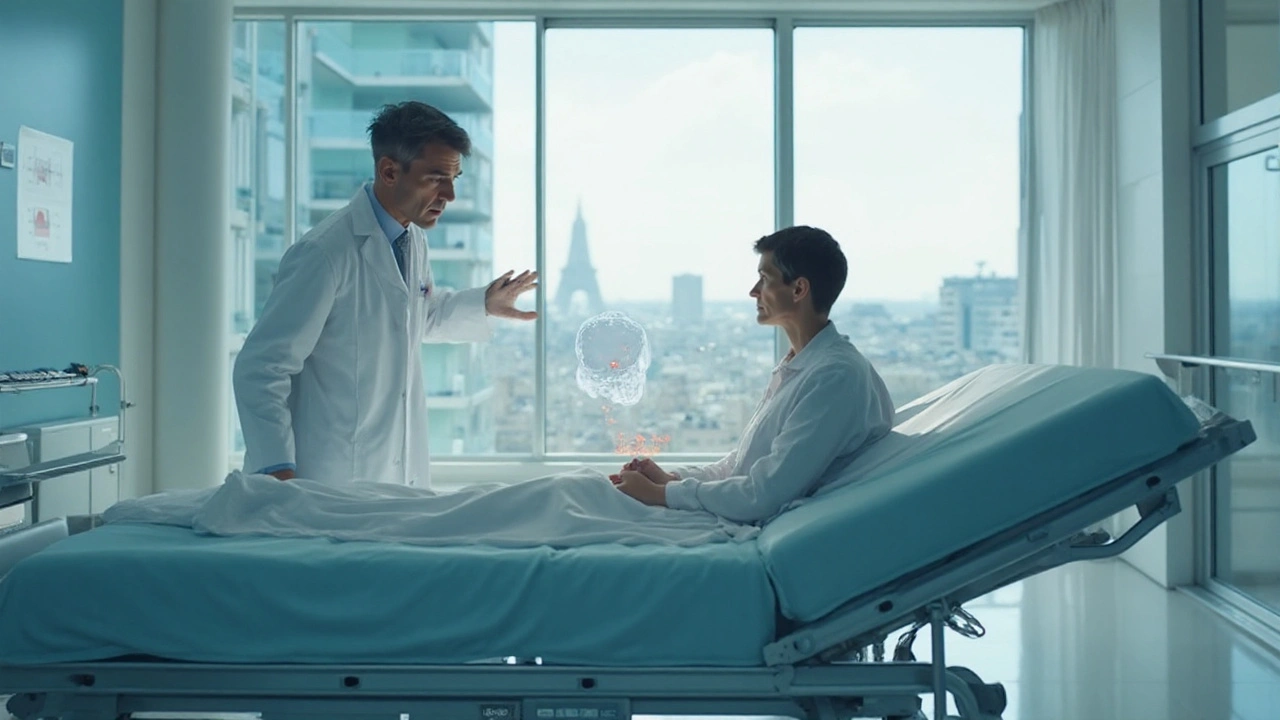Pediatric Leukemia: What Parents Need to Know
Leukemia is the most common cancer in kids, and it starts in the bone marrow where blood cells are made. When the marrow produces too many abnormal white blood cells, they crowd out healthy cells and cause all sorts of problems. Understanding the basics helps you spot trouble early and get the right help fast.
Common Types and Symptoms
There are two main kinds in children: acute lymphoblastic leukemia (ALL) and acute myeloid leukemia (AML). ALL makes up about 80% of cases and usually shows up in younger kids, while AML is less common but can appear at any age. Typical signs include easy bruising, frequent infections, pale skin, bone or joint pain, and unexplained fatigue. Some parents notice a swollen belly or loss of appetite because the spleen or liver gets enlarged.
If you see a combination of these symptoms that lasts more than a few weeks, call your pediatrician. Blood tests are the first step – they look for too many blasts (immature white cells). If the numbers are off, the doctor will likely order a bone‑marrow biopsy to confirm the diagnosis and tell which type it is.
Treatment Options and Supporting Care
Treatment starts right after diagnosis and often involves several phases: induction, consolidation, and maintenance. Induction uses strong chemotherapy to push the leukemia into remission. Consolidation and maintenance keep the disease from returning, sometimes adding targeted drugs or immunotherapy. Radiation is rare for kids but may be used if the disease spreads to the brain.
Side effects are tough – nausea, hair loss, low blood counts – so hospitals usually give growth‑factor shots, anti‑nausea meds, and strict infection‑prevention plans. Staying hydrated, eating nutrient‑dense foods, and keeping up light activity can make a big difference in how kids feel during treatment.
Emotional support matters as much as medical care. Talk therapy, support groups, and school accommodations help kids keep a sense of normal life. Parents should also watch for signs of burnout in themselves; counseling or a trusted friend can keep you strong for your child.
Long‑term follow‑up is a must. Even after remission, doctors will monitor blood counts, heart health, and growth patterns for years. Early detection of late effects, like heart or hormone issues, means quicker fixes and better quality of life.
Facing pediatric leukemia feels overwhelming, but knowing the signs, treatment steps, and support options puts you in a better position to act. Keep open communication with your medical team, stay on top of appointments, and lean on community resources – they’re there to help you and your child get through this journey.
